G
Guest
suzycremecheese said:Do you have the whole paper or a link to it? The abstracts intriguing but I'd like to see the meat and potatoes.
You are a vibe collector :wink:
suzycremecheese said:Do you have the whole paper or a link to it? The abstracts intriguing but I'd like to see the meat and potatoes.

zamalito said:One of the things DJ short says about ruderalis is that its a pheno that's created when indica is bred for a northern climate and I agree with this. So ruderalis and indica are the same thing. This (morphology) I feel is the only true difference between indica and sativa. Indicas when feral in a northern climate become the ruderalis pheno of indica. Sativas when feral in a northern climate become weedy hemp. Sativas show a strong correlation between latitude and thc/cbd content and fiber production suitability. This is how a wild malawi specimen can be 10% thc (better than beasters) and most wild cannabis in the us and canada is ok for hemp production although that is what its descended from. Indicas on the other hand will retain their chemotype better until the climate gets cold enough to produce the ruderalis pheno which typically kills the thc content.

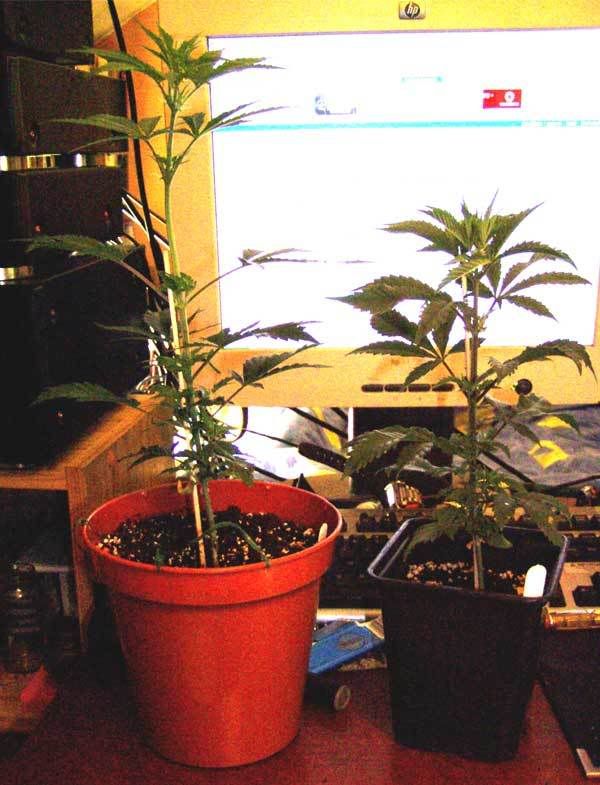

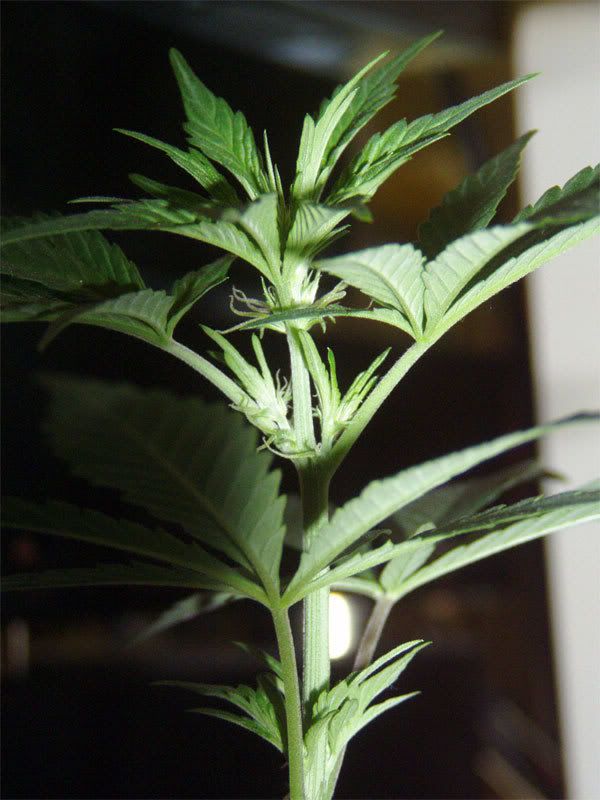
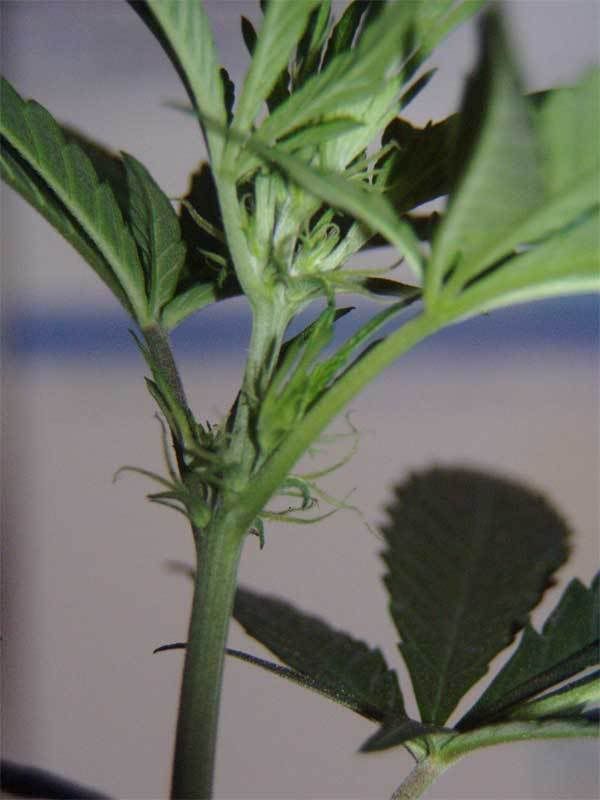
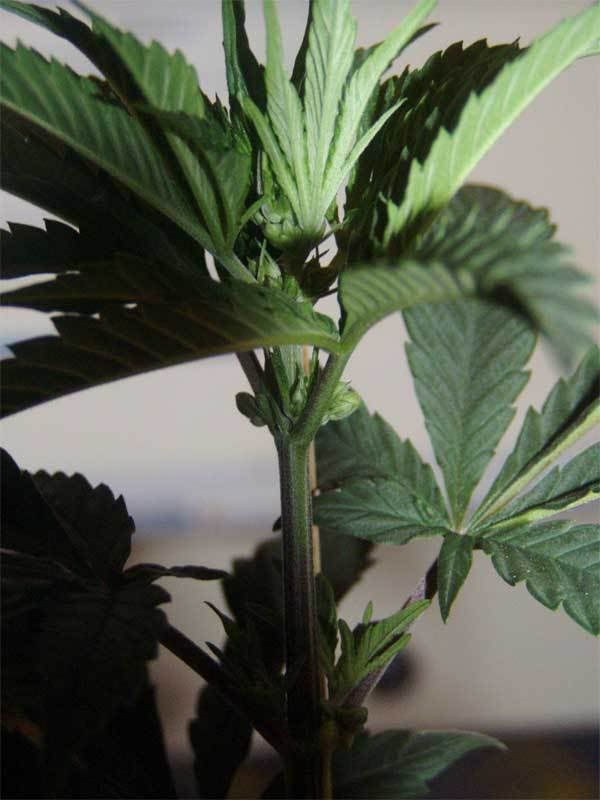
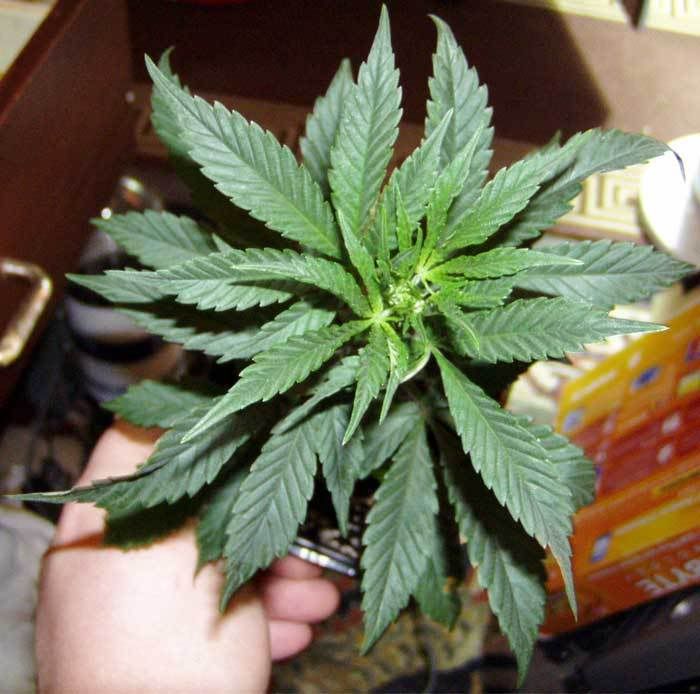
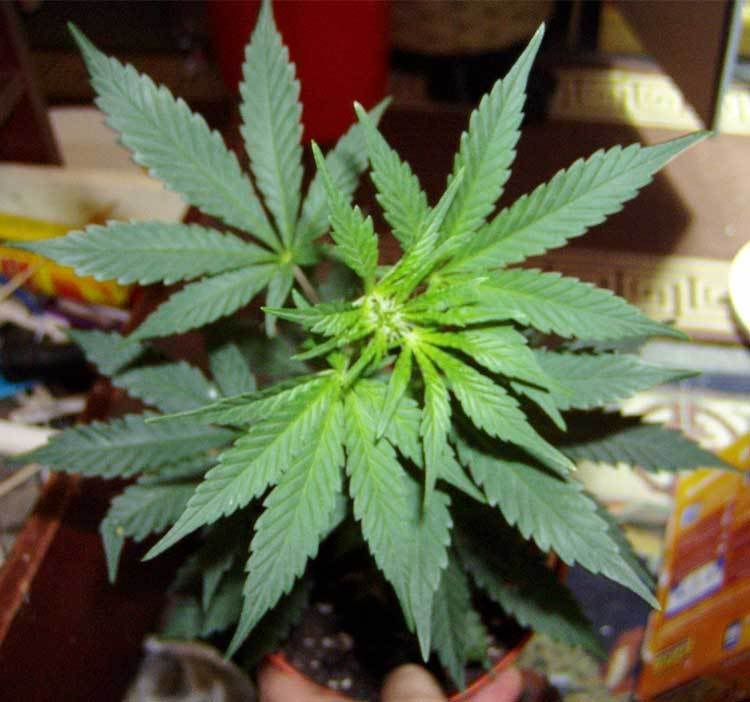
zamalito said:I'm by no means saying that potency isn't genetic. I'm saying that the genetic morphology of a pure sativa attaches genes together in such a way that the genes that allow a plant to become fully acclimated and feral in a higher latitude are attached to the genes for low thc/cbd content and the genes that allow a plant to become fully acclimated and feral in low latitudes are attached to genes that promote high thc/cbd ratio. Whereas with pure indica it is less so until you get to a high enough latitude to cause autoflowering then the autoflowering trait is somewhat attached to low thc/cbd ratio. And this morphology i feel is the only true difference between indica and sativa.
" I must admit that my knowledge is somewhat dated and anecdotal but if you take feral hemp and allowed it to go feral in malawi it would almost always develop into a drug strain having a high thc/cbd content."
This is how drug cannabis was spread all over the equator. It was originally weedy hemp for european explorers.
"However the low latitude environment selects plants automatically for poor fiber production and good drug production."
I always read that all cannabis even the weakest ruderalis or feral hemp produces thc to some extent. I don't think its quite as simple as having either all thc all cbd or 50/50 due to one or two genes being present. I'm by no means a genetic scientist but the standard burbank description of how genetics work isn't satisfactory in that it doesn't explain how phenotypes form or how morphology works.
"If you look thc/cbd ratios of feral and landrace sativas you'll see that the the it is inversely proportional to the latitude ."
DNA has an emergent behavior. I personally think that at least speaking anecdotally there is a strong correlation between latitude and the genetic chemotype. I understand and definitely believe there is a way to separate the gene to produce a high thc/cbd ratio and still allow it to grow feral at higher latitudes especially among indica. But among wild pure sativa populations it would be an extremely difficult thing to breed that morphology out of it so if it did go feral the chemotype wouldn't be affected be latitude. Again a lot of my reference was written before 96 and all of it before 2000 so I could be wrong. We could just agree to disagree.
zamalito said:The work done by E. Small in 1978 (all the good cannabis research was done before reagan the rest is done on behalf of gmo seed companies and big pharm) says that indicas don't change as much genetically when they become adapted to a new environment. The generally accepted source of genetics for most the equatorial sativas in america and the carribean is hemp. And I don't mean to make light of the work done by early breeders but environment played a HUGE role.
"I don't think any of you would argue that if you grew 100 skunk 1 plants and did complete open pollination it would lose ptency very quick over 3 or 4 generations at most. Now my wild malawi though hard to grow is more potent than 90% of the skunk 1 I've smoked and that's after centuries of open pollination."
Look at all of the many equatorial sativas from mexico thailand columbia grown and bred with many many years of open pollination and its still amazing. Many of the varieties we know to do came from seeded buds. At the same time none of you growers in the usa (not hawaii) and europe can maintain your strains w/out careful selection of male and female. There's a reason for this. If you were to take a durban that had been maintained with open pollination in s. Africa and grows easy in new england after several generations of open pollination in new england it will be much weaker than it ever was in S. Africa.
zamalito said:Again I'm glad you guys find this interesting. Im glad you guys don't believe everything you read on the internet either and have doubts. But you guys should research or ask someone you respect to get their take on it. I'm going to soften my point just a little by saying that my wild malawis are a bit of a freak and that when I refer or "reefer" (bad pun)
"to a drug strain all I'm saying is that it has a thc content above 1.5 % and a cbd below .5 in the flowers which at its weakest isn't exactly killer herb but will get you high and can be bred into something more decent. another characteristic of a drug strain is that its unsuitable for fiber content. ALL EQUATORIAL SATIVA FERAL OR CULTIVATED MEETS THIS CRITERIA. In contrast feral northern varieties always have a thc below .3% and cbd above .5% which will not get you high but will give you a headache and has some suitability for fiber production."
Another way you can look at this is examine how with different strains how different phenos develop when grown under varying conditions. If something is grown under one set of conditions and a certain pheno doesn't show up of course natural selection will not be able to select for those traits that do not show up under those conditions. This is true no matter how healthy the plants are or how long they are left to flower. Anyone that's grown a variety (especially sativas) that is much different outside than it is inside has seen this. Many of the best outdoor sativas smell different taste different look different and provide a different high when groen outside. This is caused by varying growth conditions that can tell traits to be dominant or recessive. While stress can affect this its not the only factor even when perfectly healthy temperature light cycle light intensity altitude nutrient and soil conditions all can shape what phenos are displayed by the genetics. I would think if any of you have the ability to talk to djshort reeferman or rc clarke they'll tell you pretty close to what I just said. I feel like kind of a know-it-all wanker spending so much time arguing my point. I try very hard to be open to changing my opinion even on things that I feel strongly about. I welcome and appreciate anyone that can convince me that I'm wrong.